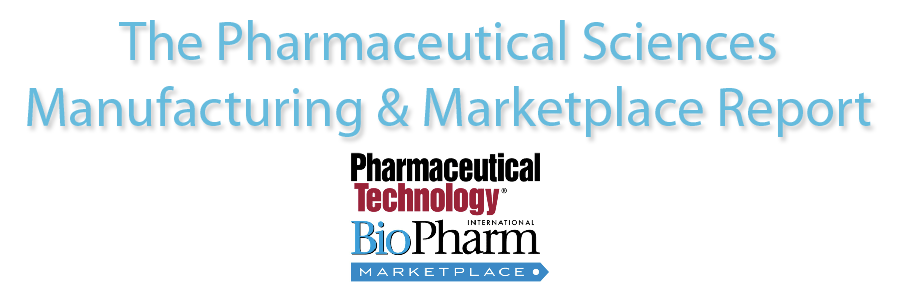As the number of drug candidates that
are poorly soluble increases, so does the number of methods for improving
solubility profiles. The challenge, then, is not only to increase
bioavailability, but to do so using the most effective route.
When is using a salt form vs. a
cocrystal appropriate? Is micronization always preferable if the active
pharmaceutical ingredient (API) can tolerate the conditions? Or is the use of a
lipidic vehicles a better choice? When is the use of an amorphous form
preferred, and which method of dispersion – spray drying or hot melt extrusion,
for example – will be more effective?
Because the choice of technique for
solubilization enhancement often depends on the physical properties of the API,
it is critical to understand the solid-state
characteristics of a drug candidate, as well as its stability under various
conditions. It is also important to understand the method options and the
operating parameters and physical property requirements.
Evaluation of the properties of various
salts, cocrystals, and polymorphs of a drug candidate must be carried in order
to fully evaluate the potential options for increasing solubility in order to.
The physical structures of the different forms and their related properties, as
well as their chemical stability under different conditions must be determined.
Permeability and exposure data are also needed.
Some methods can be quickly eliminated
once the physical data is gathered. In some cases, the choices are more
complicated. Excipients, such as co-solvents,
solubilizers, and permeation- and bio-enhancers, considered as well their use
levels, interactions with the API, and stability under the formulations
conditions are all important.
Rapid screening of the physical
properties and appropriate methods solubility/bioavailability enhancement is
vital for reducing both development time and cost. Do you have a formalized
screening system in place? Or do you follow an informal system? If you don’t
have a well-defined strategy, do you think your development programs would
benefit if one was adopted? If you have one, what are the key aspects of your
strategy?
Don’t forget to sign up for the
eNewsletter here if you haven’t done so
yet. Also check out the PharmaceuticalTechnology/Biopharm International Marketplace.
Cynthia Challener, PhD
Editor
The Pharmaceutical
Sciences, Manufacturing & Marketplace Report
